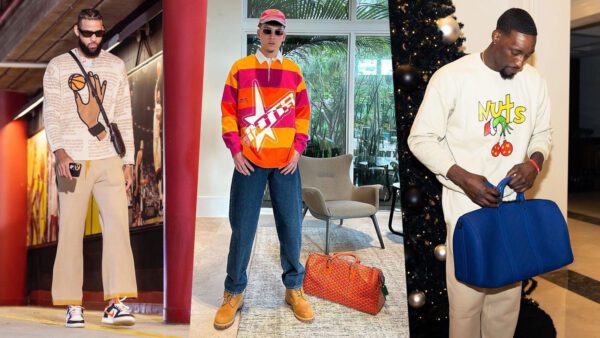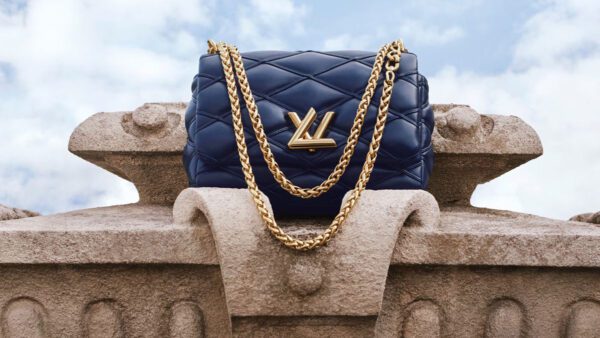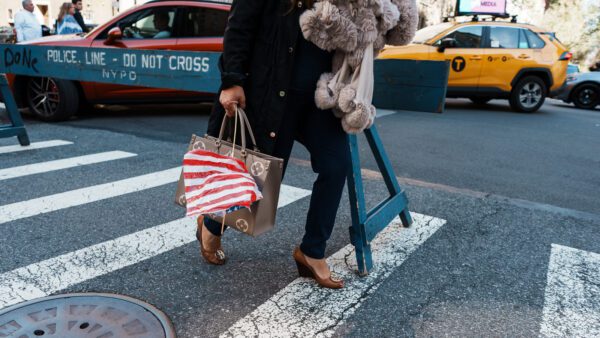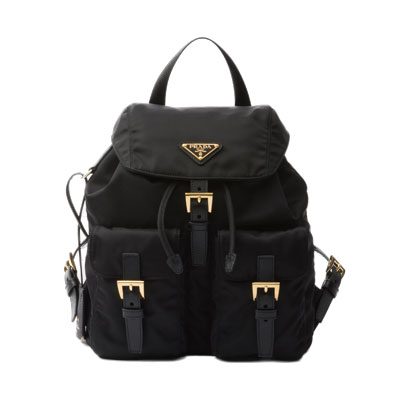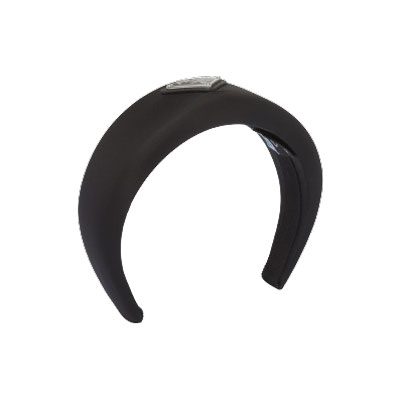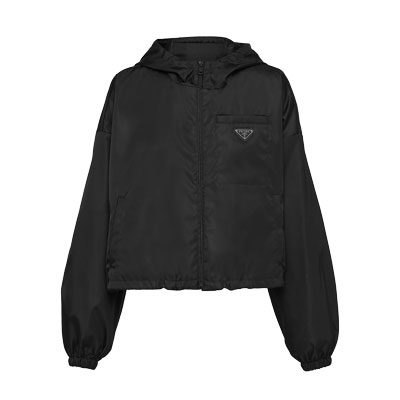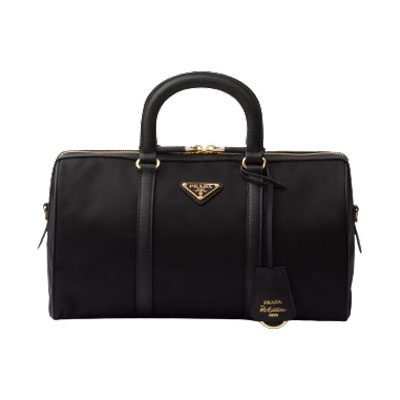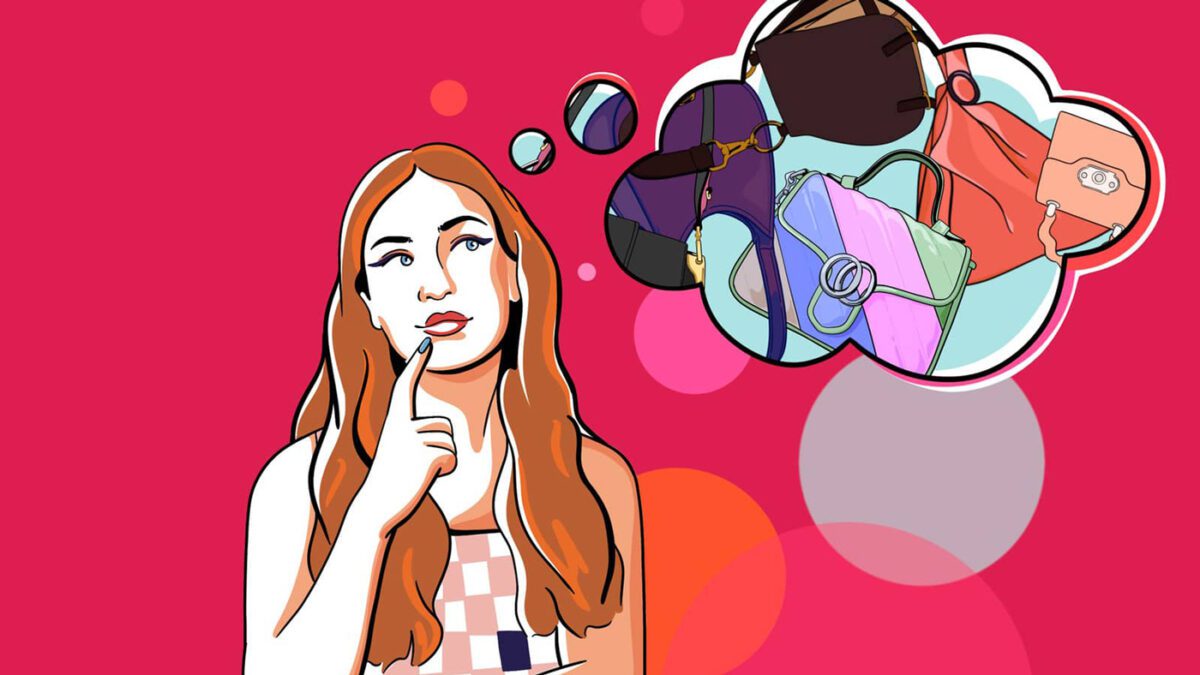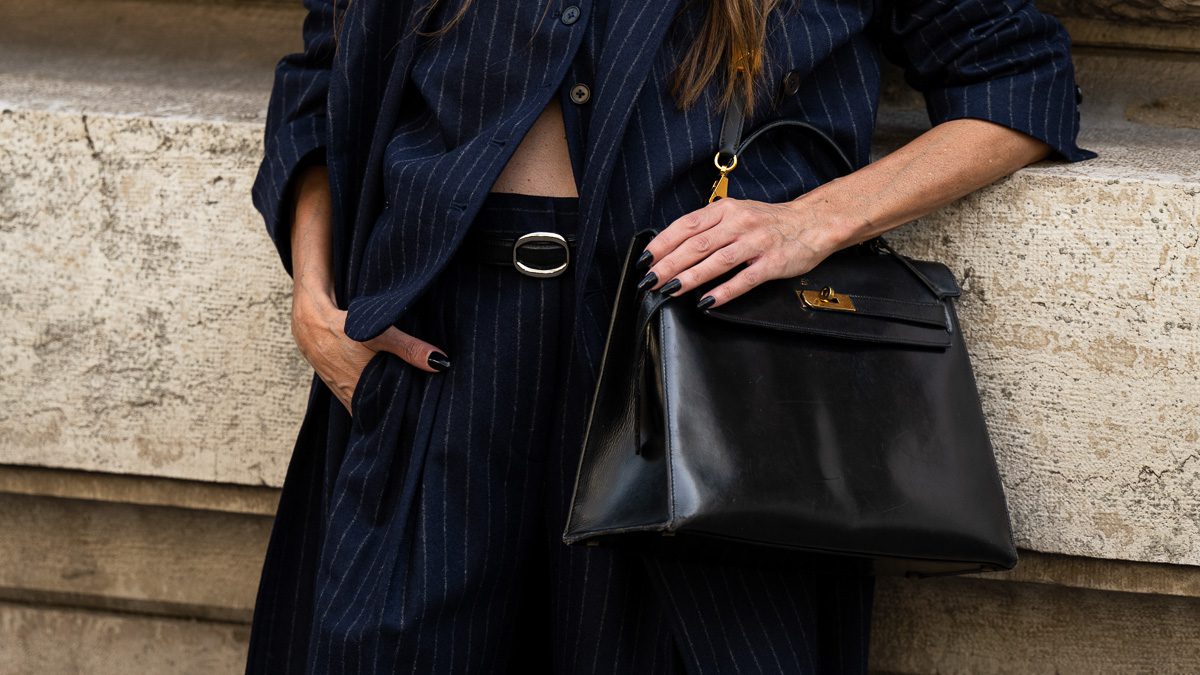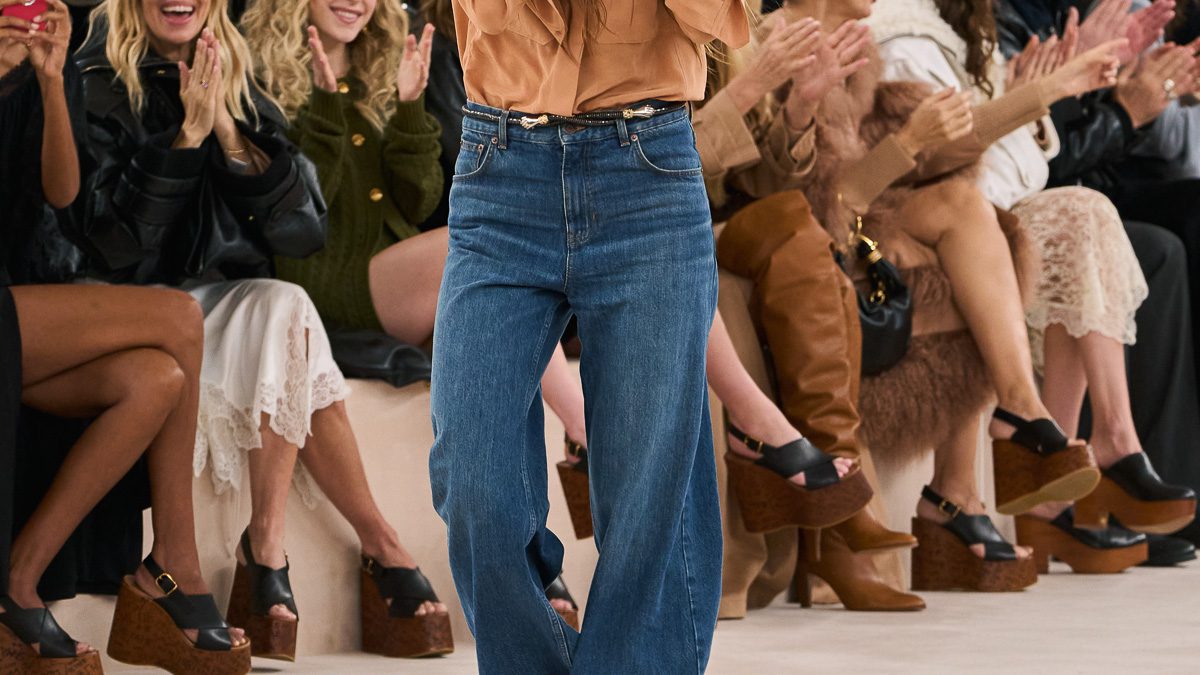Considering that it was way past midnight, the response came eerily fast. Within mere seconds, in fact. And in the most brusque way possible too – sizes, colorways, pictures, and prices – the whole shebang, as if 2:00 in the morning was a perfectly acceptable time to close a business deal. Of course, those in on it are accustomed to the level of punctuality, regardless of the ungodliness of the hour. “It was the middle of the night in China, but Linda wrote me back within seconds: Done.” recounts Amy X. Wang, perhaps not without a customary hint of smugness, in her highly divisive NYT article.
Unlike Ms. Wang, however, I wasn’t going to give the nameless WhatsApp account I was texting (complete with a profile-photo fit for Getty Images) the pleasure of a sale. Instead, what I envisioned was to pry out information about their origins – a painfully obvious motive, in hindsight, as just a couple of questions into my amateur sleuthing episode, I was preemptively blocked. Oh well, there’s always next time.
To those less-versed, the object of the discussion (rarely is it uttered out loud – it’s all very hush-hush) is a super fake. Those forbidden fruits of fashion that purportedly mirror our dear designer wares so accurately they are practically indistinguishable from the original, even in the eyes of trained authenticators at times. And therein lies their appeal to buyers – a sly little secret only those in the know, well, know.
But what happens if you don’t know?
Drowning in Duplicates
Traditionally, counterfeits have held a much-derided position within the luxury lexicon, demarcated by their laughable duplication of brand names (Dolce & Banana, anybody?) and their equally laughable quality, thus also serving as the comic trope to many a moment in pop culture.
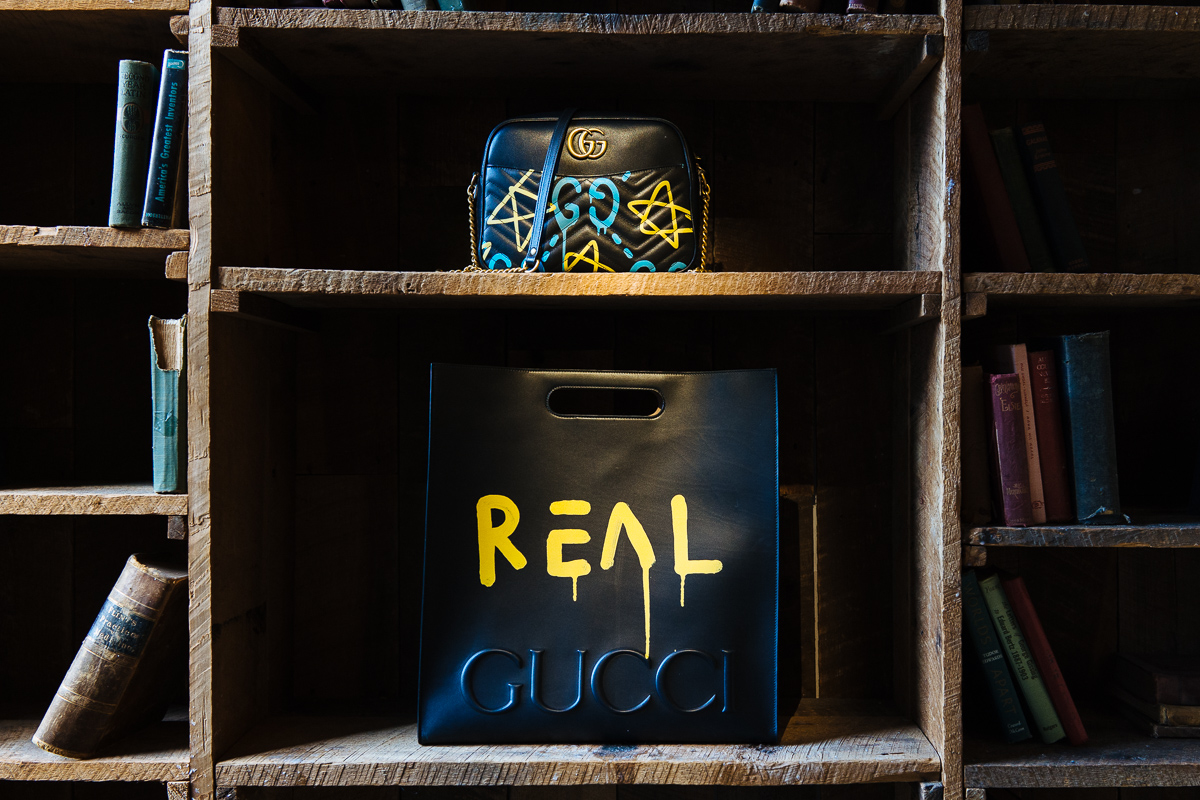
Since the last decade, however, replicas have returned with a vengeance – and the quality to boot – in the form of super fakes, rapidly rising from their ranks within the underground economy to also infiltrate the markets for firsthand and secondhand luxuries, as several boutique-buyers and resale-buyers have attested to. With the advent of 3D printing allowing counterfeiters to replicate the real deal down to the finest detail, and peddling them via encrypted messaging platforms, like Weibo and WhatsApp, and easily-transferable online marketplaces immune to your average cease-and-desists, buying and selling fakes has arguably never been easier.
But it’s not just counterfeiters who’ve become savvy. In a bid to outsource operations to cost-cutting territories and mechanize manufacturing wherever profitable, brands have increasingly invested their energies in more abstract status-building maneuvers. This deposited the physical product squarely at the mercy of unknown third parties, who now possess the technical know-how and the opportunity to bank on any and all advertisement the brand spends on – the makings for a perfect crime.
Fit For Fiction
In May of last year, author Kirstin Chen’s novel Counterfeit hit bookstores, bringing to its pages an intriguing premise of two Asian-American women who run a counterfeiting scheme, as Chen states, “so perfect I knew it belonged in fiction.” Essentially, the ring dealt with shoppers returning duplicate replicas to the stores while pocketing the profits from selling the originals on resale.
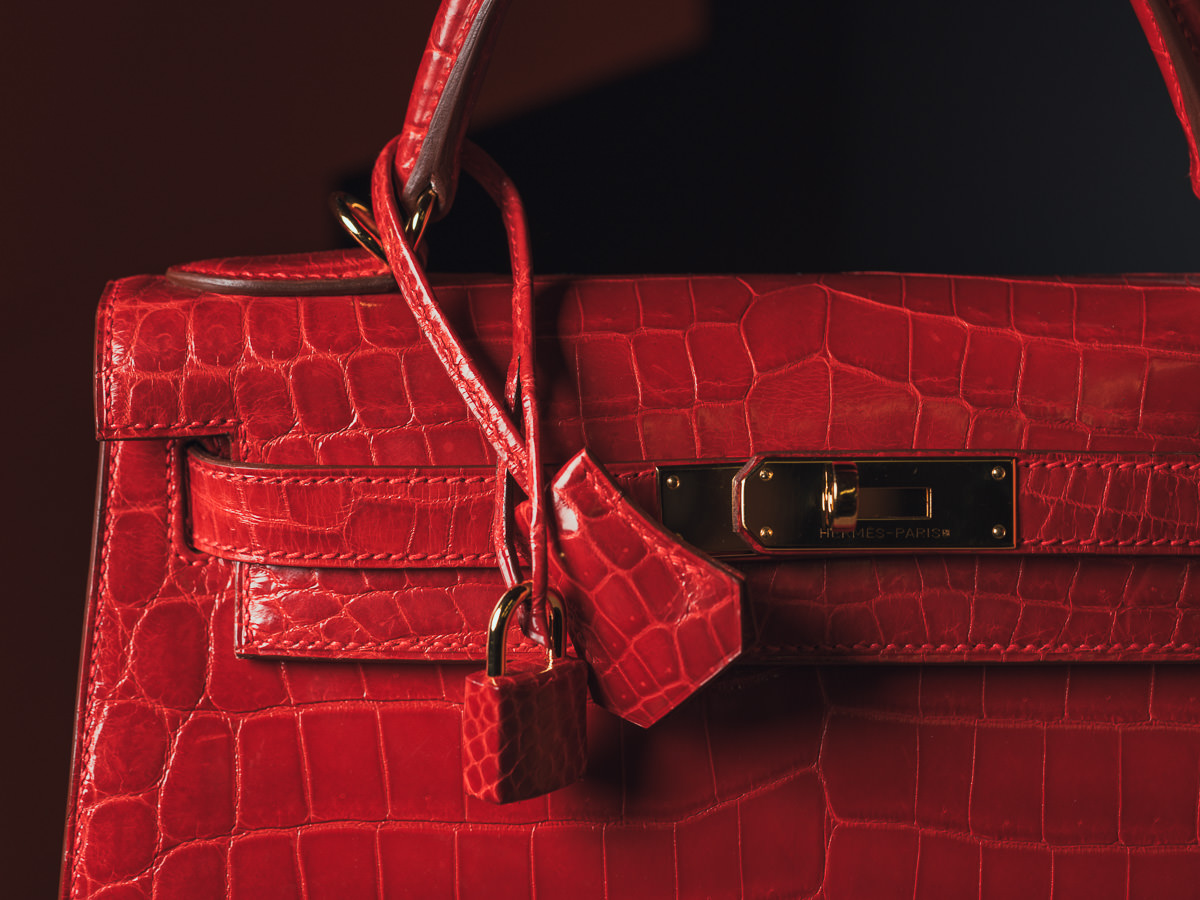
A self-proclaimed armchair expert on designer handbags, Chen deftly embodies the state of affairs within the world of luxury Houses, from their dilemma about manufacturing in China to quality-control allegations. Plus, having paid visits to burgeoning replica markets in Guangzhou and brand factories (with their very own *wink-wink* back-factories) in Dongguan, Chen pointedly makes a case against the offshoring of legacy brands. What she also manages to do, however, is hit way too close to home with the con artists’ plot line, reportedly based on the true story of a preschool teacher in Virginia who swindled luxury boutiques of nearly $1 million worth of counterfeit designer goods!
Eventually, readers are left to ruminate on their worst fear: could their heritage handbag, whether bought on retail or resale and the object of much diligence and desire, be a similar super fake?
Justice, Where Art Thou?
So then, with the real possibility of replicas in boutique circulation looming on the horizon, what course of action would the average consumer take if they’d been duped into purchasing a fake?
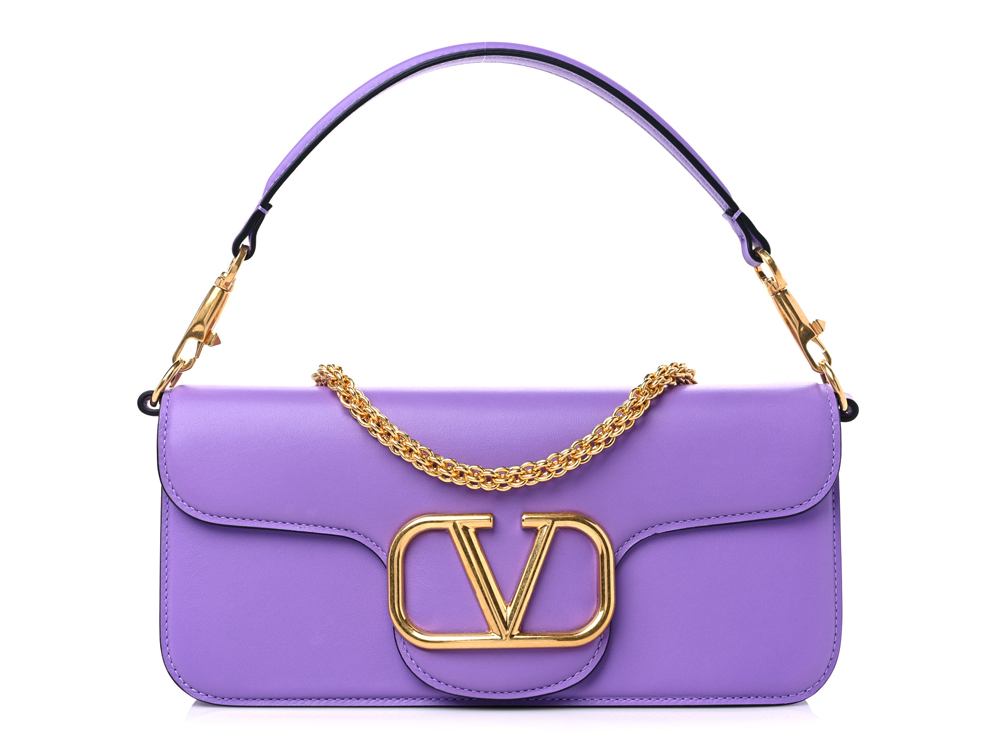
What’s likely to follow is messy, lengthy correspondence with your credit card company (especially for online purchases), seller and/or store, various authenticators, and even law enforcement. There would still be no guarantee of justice or, at the very least, a refund (which further depends on the length of time elapsed post-purchase). Each party would then conduct their own investigations to ascertain whether the object is, in fact, a fake – a dreary procedure in and of itself, involving minute comparisons of stitches, zippers, and craftsmanship.
And even the speed of the procedure would vary depending on your jurisdiction. In France, for instance, the mere possession of – or even having a package addressed to you that’s suspected to contain – a counterfeit item is a criminal offense bearing heavy fines and, sometimes, imprisonment. While in Bangladesh, IP legislation is virtually non-existent (seriously, nada!), the US falls somewhere in the middle of the severity spectrum, with authorities under the Lanham Act, the Trademark Counterfeiting Act (1984), and the Stop Counterfeiting in Manufactured Goods Act (2006) seizing more than 300,000 counterfeit handbags and SLGs in 2022 alone. However, punishments for trademark counterfeiting are fairly minimal.
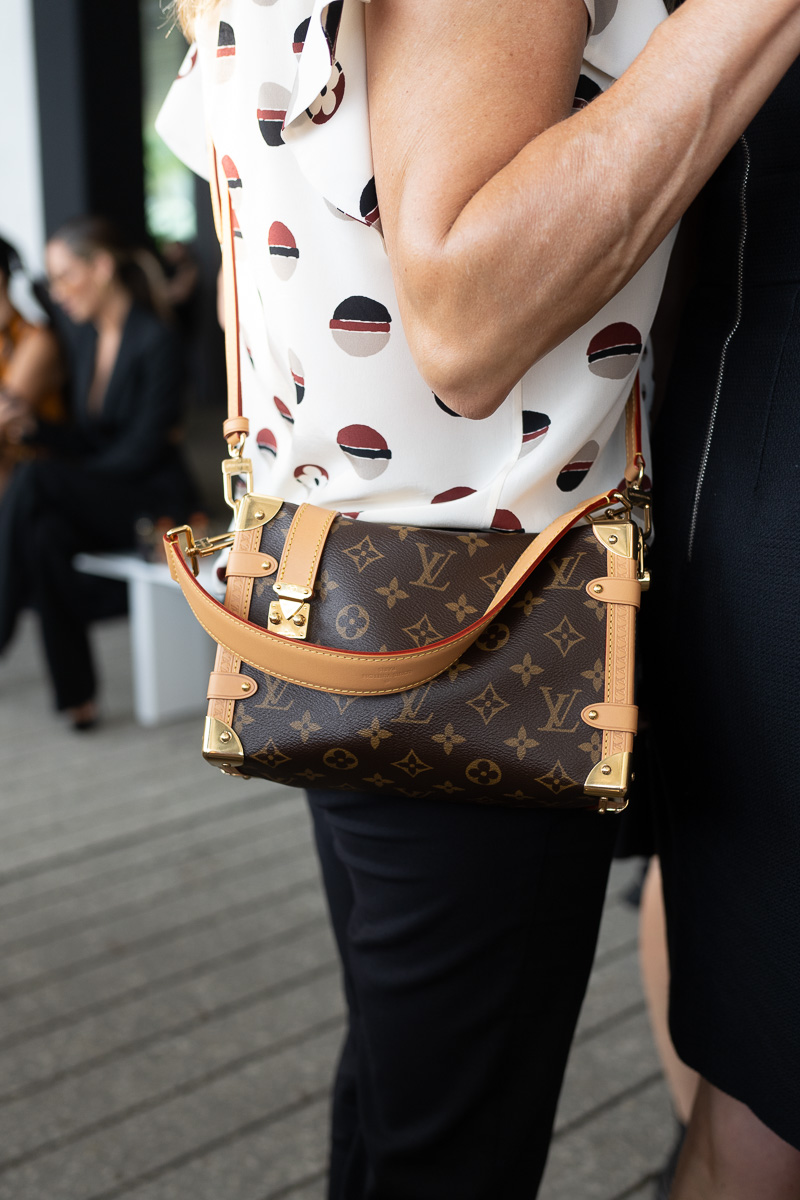
Eventually, though, aside from infringing intellectual property, the discourse around counterfeits is almost exclusively a moral debate (unless you’re in France). After all, with the quality of super fakes allegedly nearing the original, is the only remaining point of difference the party that gets to pocket the cash? And as luxury houses, who, in theory, are expected to stand by their products, increasingly compromise craftsmanship and quality, ruthlessly and unsustainably eliminating unsold/rejected stock in the name of the all-important bottom line, is exorbitant (and continually rising) price-tag even justified?
At the same time, engaging in fakery isn’t without its karma. It may sound a little far-fetched that your imitation designer bag propounds child abuse and terrorism. But – and it’s a point Chen makes- the counterfeit luxury business is merely the tip of the proverbial iceberg. Beneath it is an entire multiverse of fake medicine, weaponry, electronics, and even airplane parts, putting innumerable lives at risk.
Just think about it.

